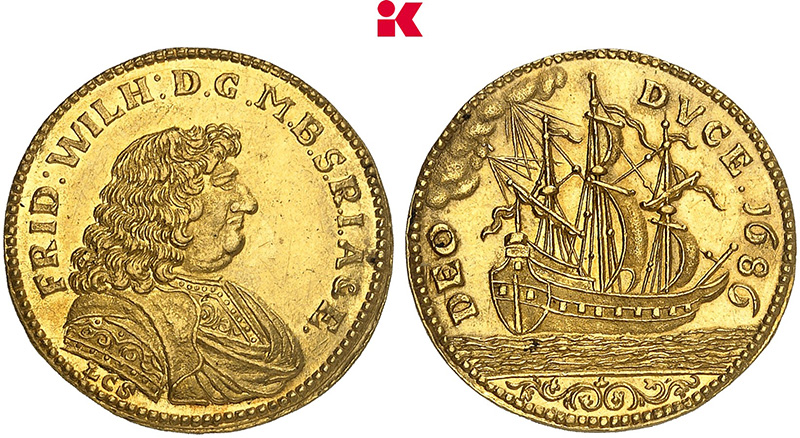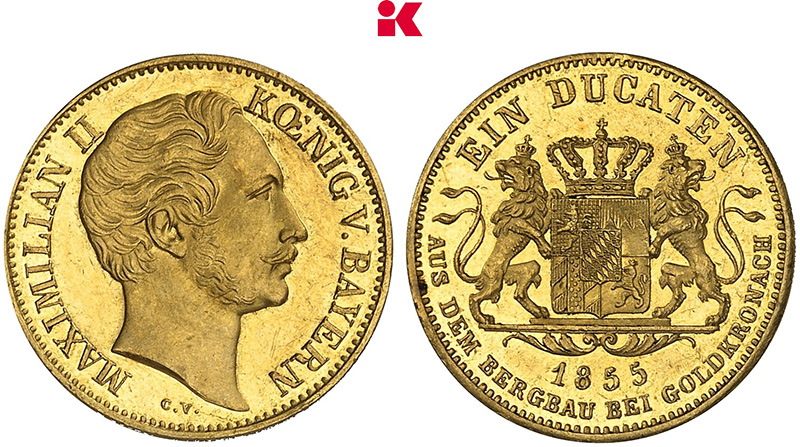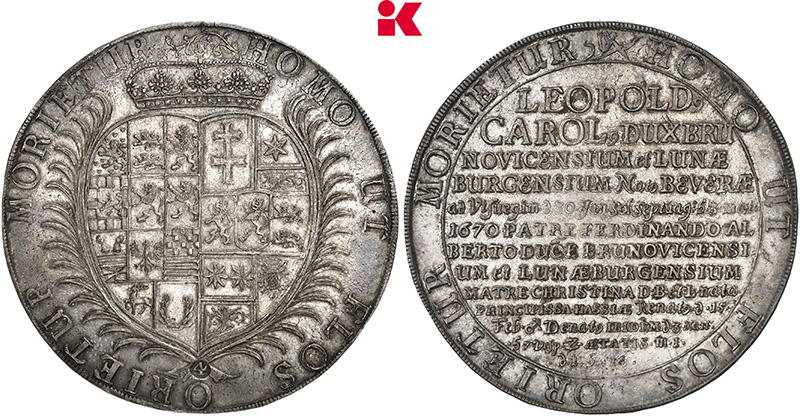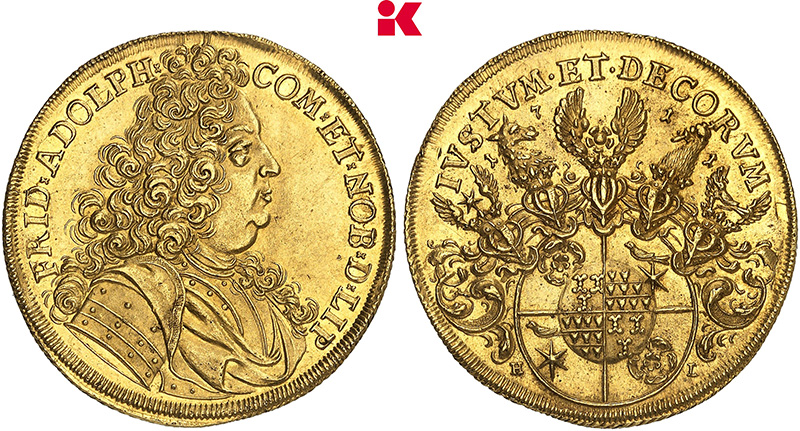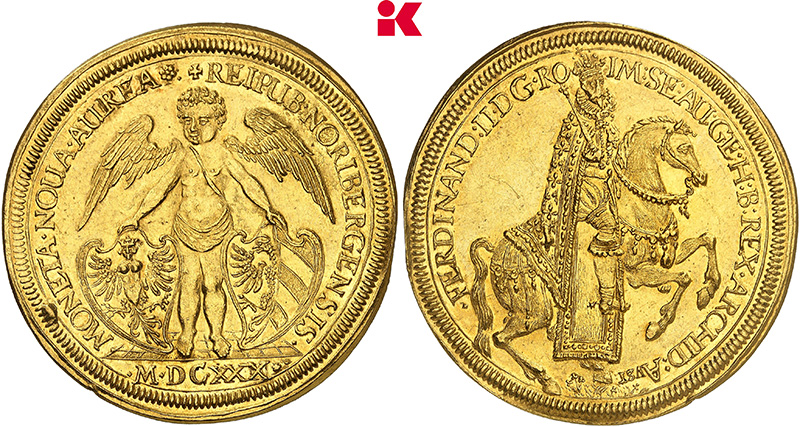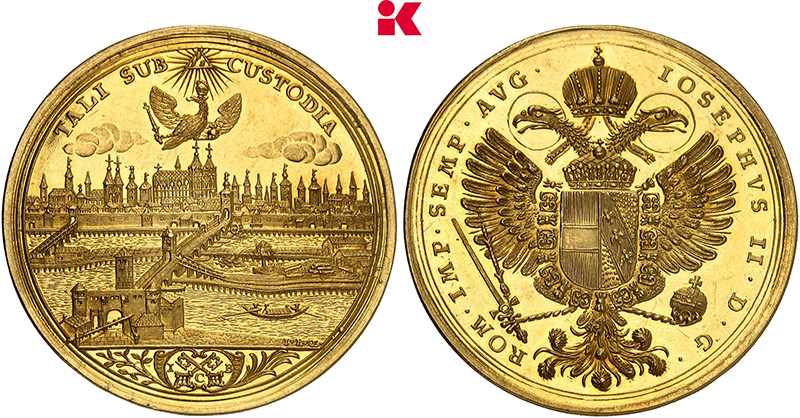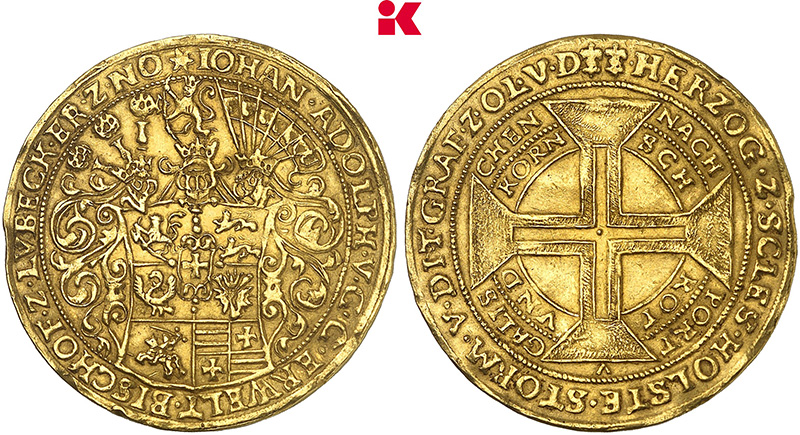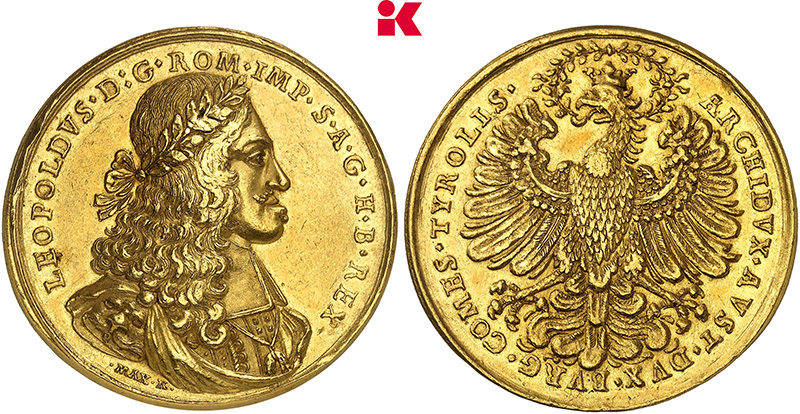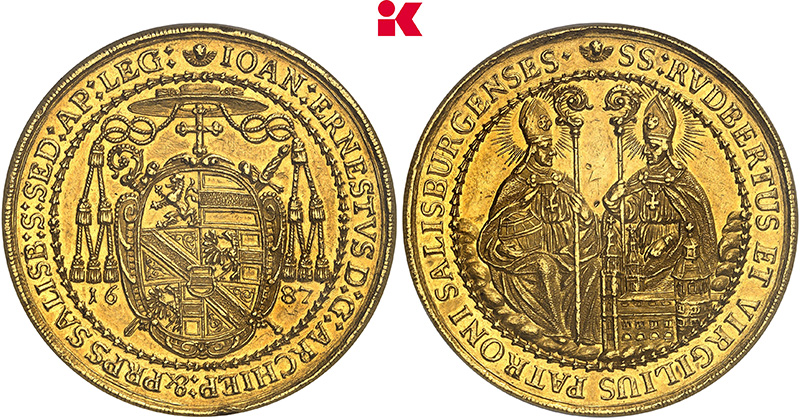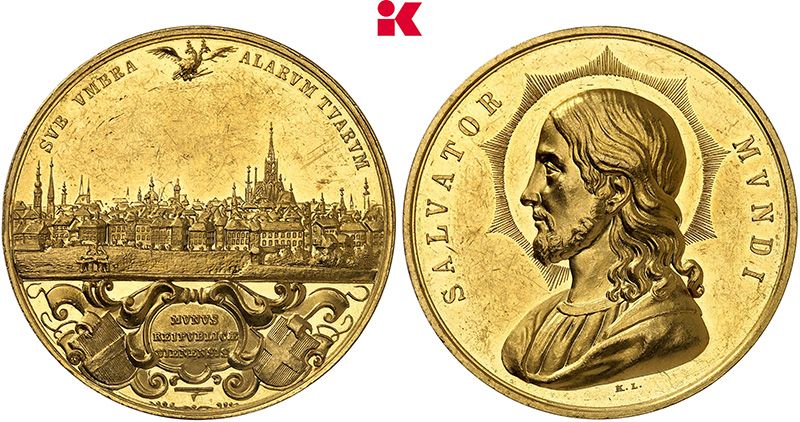Study on Investment Behaviour of Women: Gold – Low Risk but High Returns?
By Sebastian Wieschowski
Recent data shows that women now make up 26 percent of the Royal Mint’s investor base, a marked increase from just 8 percent in 2018. According to a recent survey, 27 percent of women in the UK plan to move their savings into investments over the next year, with 16 percent specifically considering gold. Another third of women expressed a willingness to invest if they had a role model to guide them, helping to bridge the gender investment gap.
Content
The survey also revealed that 26 percent of women hold back from investing due to a lack of knowledge, while 35 percent stated they would start investing if they had a clearer understanding of low-risk options. The Royal Mint aims to address this knowledge gap, offering an informational platform titled “Start Your Investment Journey: Why More Women are Choosing to Invest in Gold”. The site features short video insights from three female gold experts on the importance of gold in wealth-building for women:
Expert from the World Gold Council: Diverse Demand Across Sectors
Louise Street, Senior Market Analyst at the World Gold Council, explains how gold can help reduce portfolio risk. According to Street, gold is highly liquid and easy to buy and sell. Historically, it has often performed as well as, if not better than, other assets like UK equities. Unlike other investments, gold carries no insolvency risk, as there is no debtor who could default. What makes gold unique for investors, according to Street, is its diversified demand across various sectors: it is bought by investors, held as reserves by central banks, and plays an essential role in technology. This broad demand gives gold added stability as an asset. Regardless of market trends, Street believes gold can improve the risk-reward ratio, allowing investors to either achieve higher returns for the same risk level or assume less risk for the same returns – a benefit particularly advantageous to female investors, she notes.
Global Uncertainty Drives Demand for a “Safe Haven”
In addition to Louise Street, the Royal Mint’s Head of Precious Metals, Kirstie Hopkins, highlights the growing interest in gold and other precious metals, especially during times of global uncertainty. Since 2015, she has observed a strong surge in demand, notably among women who see gold as a way to secure their finances. Gold’s reputation as a stable asset capable of retaining its value during economic downturns makes it an attractive choice. To make it easier for women interested in precious metals, the Royal Mint offers resources on its website, including online courses, price alerts, and an investment calculator. A free investment guide and a weekly newsletter also provide up-to-date information and advice for making well-informed investment decisions.
Sustainability: A Key Factor for Female Investors
The Royal Mint has also added a sustainability section to its portal. Inga Doak, Head of Sustainability at the Royal Mint, explains the company’s initiatives, such as recycling gold from electronic waste like mobile phones and laptops, and sourcing silver from old X-ray films. The Royal Mint has set a target to achieve net-zero emissions by 2050, with its own local energy centre generating renewable and low-carbon energy.







